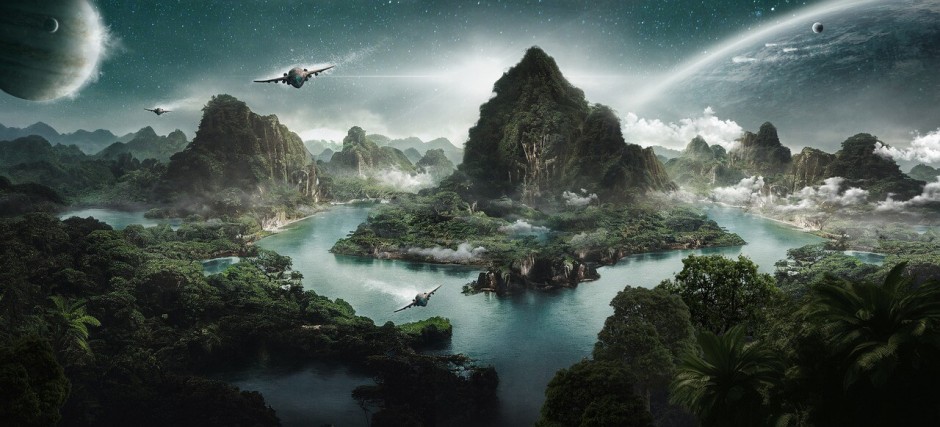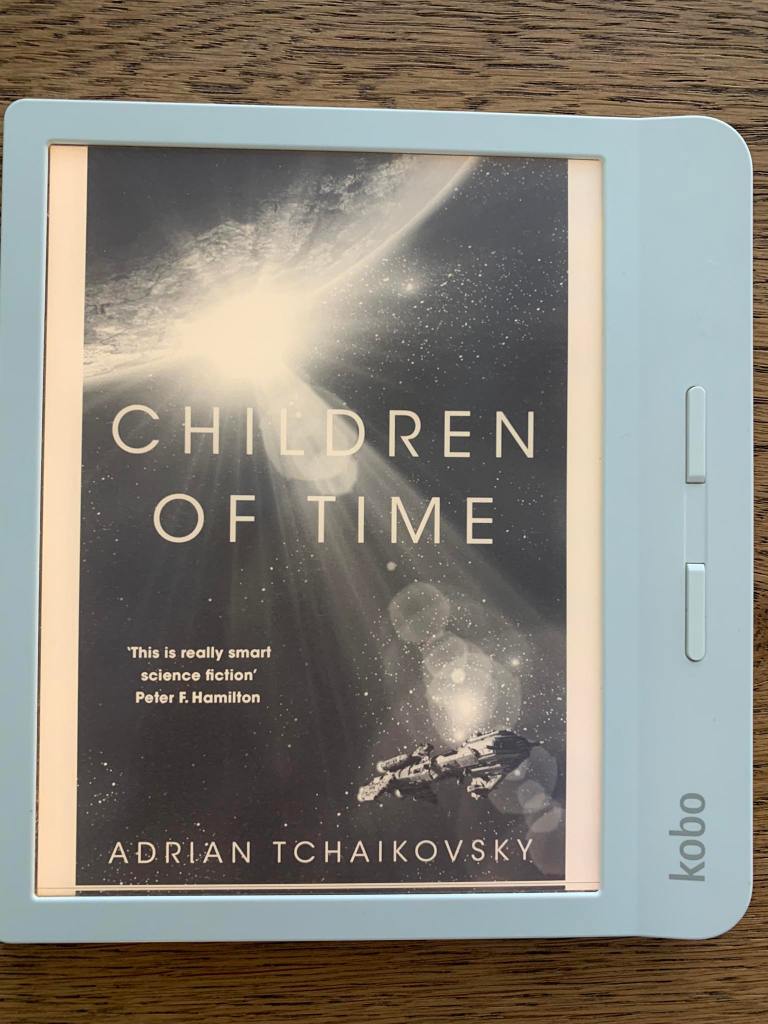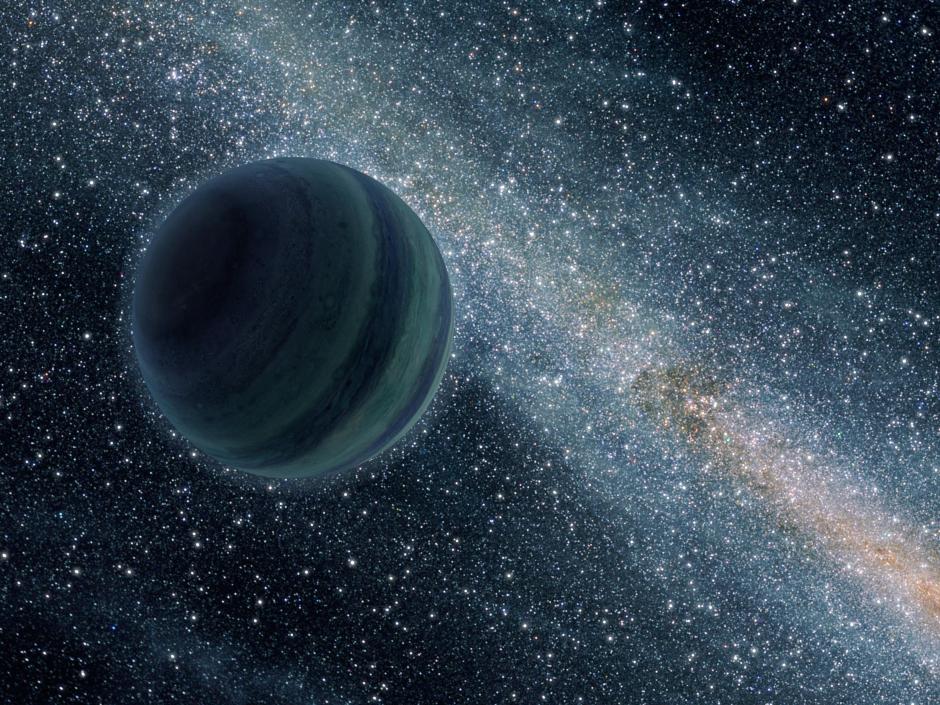Time wasn’t a river, she said, and it wasn’t a circuit-diagram. Nor was it a tree with multiple branches. It was a block structure, more like a crystal lattice than any of those old dead-end paradigms. It was a lattice that spanned the entire existence of the universe, from beginning to end. There were no alternate histories, no branches where the Roman empire never fell or the dinosaurs were never wiped out. Just that single lattice, a single fixed structure. We were in it, embedded in its matrix.
The novella by the praised Welsh author Alastair Reynolds explores the theme of time traveling, looking at retro-causality (an effect precedes its cause in time) and grandfather paradox (a cause is eliminated by its own effect and so preventing its own cause). The world is on the brink of disaster in 2080, due to a virus that gradually infects different species of insects, killing them. The effect is the fall of crops and collapse of environmental chains. In this life-ending world, humanity desperately tries new, dangerous solutions, the main project being time-traveling. However, the limits of what can be done in the past are well understood and limited by the traveling technology itself.
While only a short story, the book is grappling the reader with its immersive plot and, as usual from Alastair Reynolds, the science is well-researched. There is no magic bullet or perfect protagonist. This makes the story credible, mature and thought-provoking.
Alastair Reynolds is a prodigious author and scientist, with a PhD in astrophysics from the University of St Andrews and worked for the European Space Agency. His books are dealing with science fiction, particularly a branch of the genre called hard scifi, meaning a concern for scientific accuracy and logic.

The title of the book is slightly misleading in my opinion, as the concepts explored in the book are not really dealing with a world of ice, but with time traveling, forced as a potential solution by an ecological disaster.
Nevertheless, overall, a good, thoughtful, grappling short book by a master of hard scifi.
















